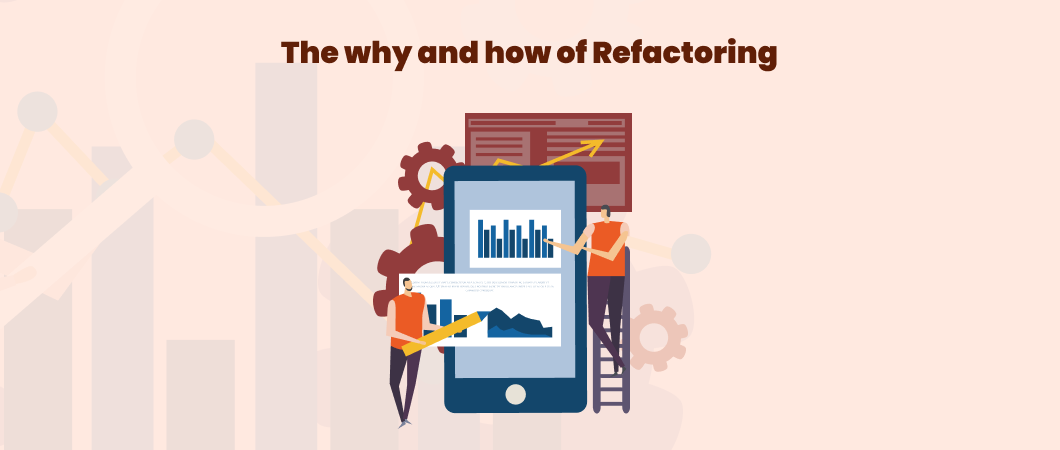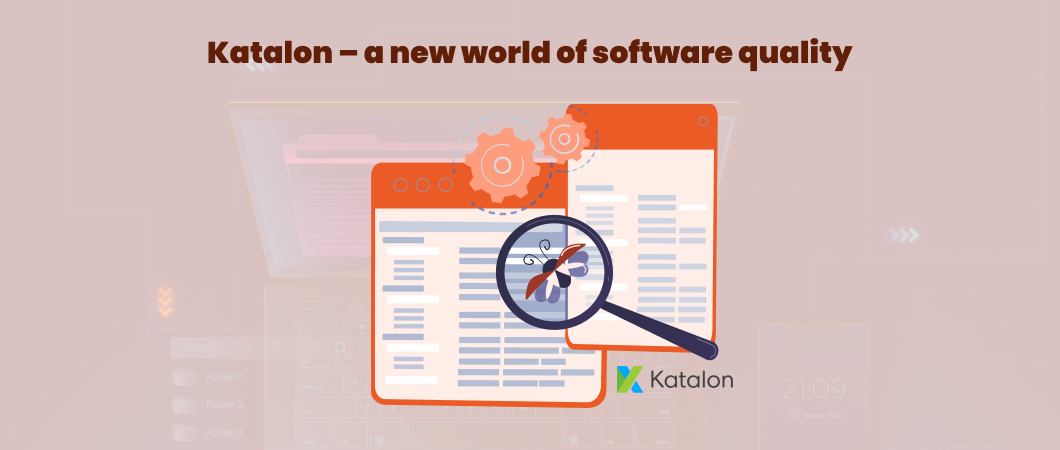When you are developing a piece of software, you have two options: 1) a quick way which allows you to bring the product to market faster but is sure to need massive modifications later. And 2) a more deliberate and considered way that will take time but is sure to result in a cleaner design.
Which do you pick? In all probability, to keep up with the market demands, you will choose the quick way to develop software. But before you know it, you will be drowning in technical debt – and with time, it will become extremely difficult for you to emerge from it. Just like with financial debt, with technical debt too, you will incur interest payments, which come in the form of the extra effort that you will have to put in future development because of the quick and poor design choices. You can either choose to pay the mounting interest or reduce the principal by refactoring the dirty design into a better design. The choice is yours!
Reasons for technical debt
Just as a business incurs financial debt while scrambling to take advantage of a market opportunity, developers may incur technical debt to achieve an important deadline. While a small amount of technical debt is natural and normal, the problem arises when development organizations let their debt get out of hand. They will spend most of the future in crippling interest payments. Here are some of the reasons for technical debt:
- When product development starts while requirements are still being defined
- The pressure to release some functionality before all the necessary changes are complete
- Lack of process understanding, where decisions are made without considering the implications
- Tightly-coupled components, that restrict the ability of the software to adapt to changes in business needs.
- Lack of a robust test suite, which encourages quick and risky workarounds to fix bugs.
- Code is created without necessary supporting documentation
- Lack of coordination and collaboration, where knowledge isn’t shared across teams.
- Parallel development on two or more modules but insufficient attention paid to merge the modules into a single code base.
- Delayed or inefficient refactoring, making it difficult to edit the code to support future requirements.
- Lack of alignment to industry standard features, frameworks, and technologies.
- Last minute specification changes, with no time or budget to see them through.
Overcoming technical debt
When technical debt builds up over time, it is a major cause for projects to miss deadlines. Teams have a tough time estimating exactly how much time or work is required to pay off the debt. When it dawns on the project-owners that there is more uncompleted work than there is time to complete it in, the end result is mounting technical debt. Here’s how you can overcome technical debt, and avoid it becoming a business obstacle:
- Gauge the scale of the problem: The first step in overcoming technical debt is to gauge the scale of the problem. This can be done by understanding what has caused the debt in the first place. Was the debt deliberately incurred to reduce time-to-market? Was it caused while trying to incorporate changing requirements? Or was it a by-product of too many people working on improving the product over time? Once you understand the cause, you will be in a better position to assess the scale of the problem.
- Understand the impact: Whenever a new feature is incorporated into a software product, it is sure to impact the user experience and/or developer experience in one way or another. The same holds true for technical debt. Technical debt translates directly or indirectly into user experience damage as well as time loss for developers and revenue loss for the organization. If you want to understand the impact of technical debt, you need to look at the number of days developers would need to expend in reducing the technical debt through refactoring.
- Decide your priorities: Although categorizing tech debt will not make it easier to handle, it can balance the efforts of delivering features in the short term with increasing the overall productivity in the long term. Start by assessing how a bad design actually harms the user experience, and how error logs or old software versions stop you from reaching our business goals. Move on to creating a simple way to visualize all your error logs, the number of affected users, and how the errors affect a certain KPI. Compare the issues with industry benchmarks, test the performance, and analyze the results.
- Fix it in a phased manner: Not all technical debt needs to be fixed right away. It is important to understand that the code does not have to be perfect, that you do not need to refactor every piece of code of your system, and that you need include unnecessary features in your product. Having said that, there’s no one-size-fits-all solution. Classifying debt into categories helps with communicating and addressing the technical debt issues across teams. Try balancing thinking ahead and future-proofing your design with simplicity and quick delivery. Use Agile methodologies to incrementally improve the design and clean up bad code along the way.
Plan well
Although technical debt is inevitable for most development organizations, poor management of that debt can slow your time-to-market, cause developer morale issues, impact user experience, and even cause your development to run aground. However, good management of technical debt can yield tremendous benefits for your company. This is especially true for rapidly-growing companies with a critical need to meet time-to-market demands and seize emerging opportunities. Just like financial debt, you have to be extremely careful about incurring tech debt. So, start with understanding how the debt is slowing your team down and then take the right steps to overcome it for improved returns.



